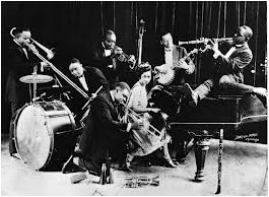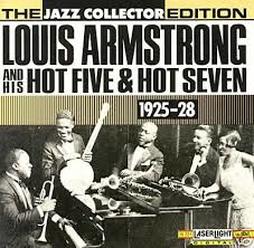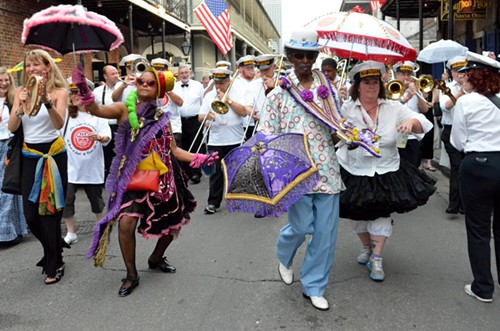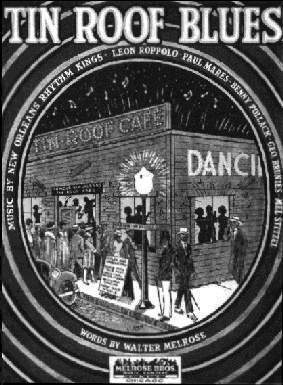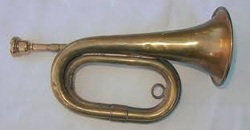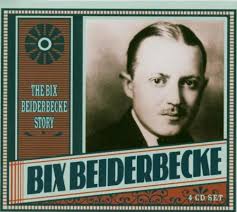
♬ LISTEN: Bix Beiderbecke & His Gang, 1927
"Sorry"
Bix Beiderbecke is considered the first great white jazz musician. The sound of his cornet has been described as "like a woman saying 'yes.'" On this stunning piece, that sound enters with the last note of the clarinet introduction and continues like the call of the Sirens. Although Bix died in 1931, you can still see graffiti around America proclaiming, "Bix Lives."
"Sorry"
Bix Beiderbecke is considered the first great white jazz musician. The sound of his cornet has been described as "like a woman saying 'yes.'" On this stunning piece, that sound enters with the last note of the clarinet introduction and continues like the call of the Sirens. Although Bix died in 1931, you can still see graffiti around America proclaiming, "Bix Lives."
